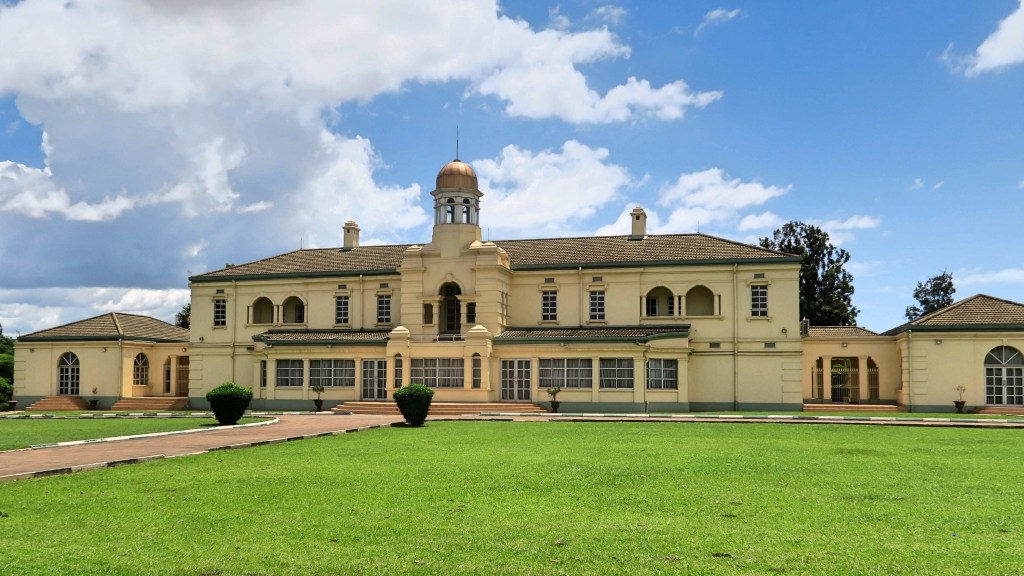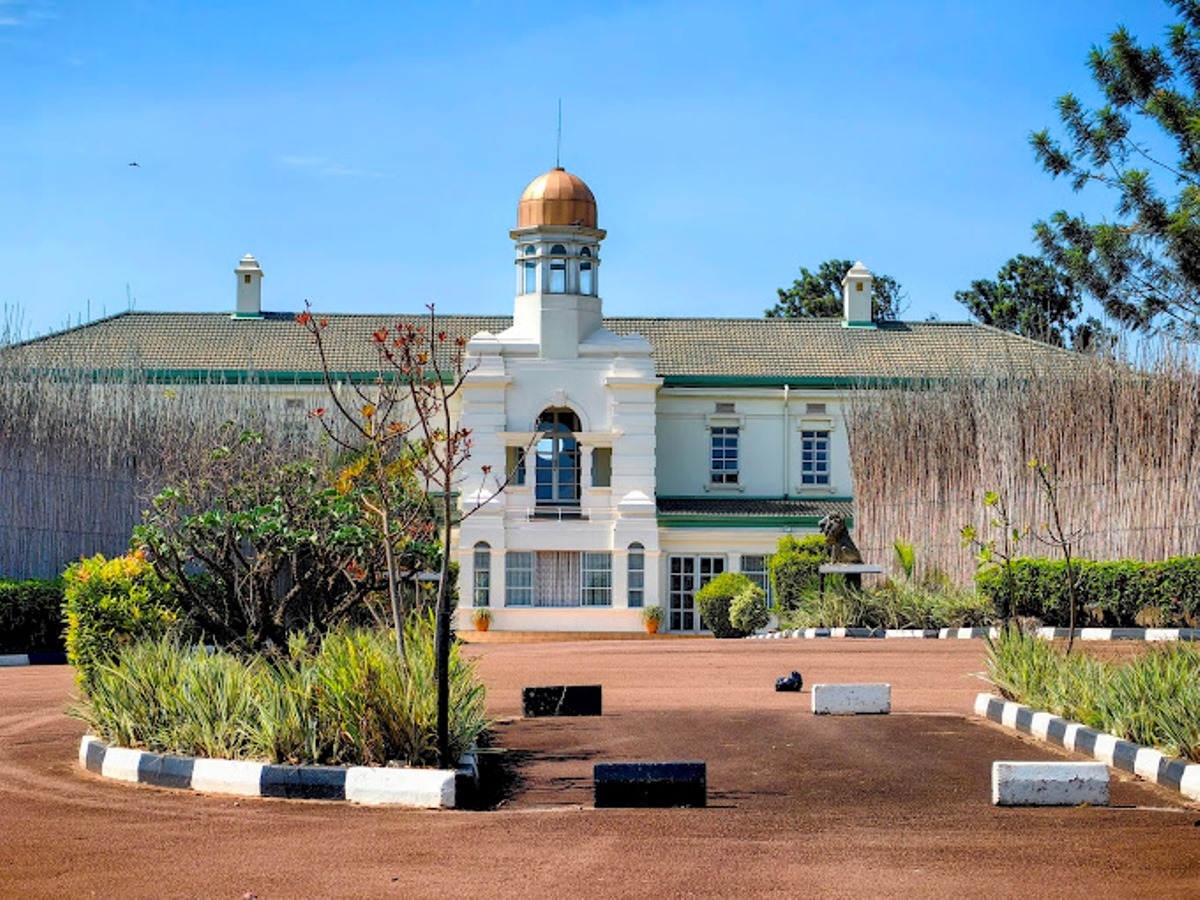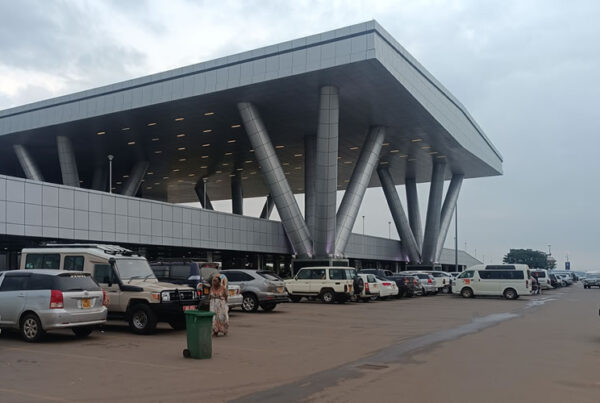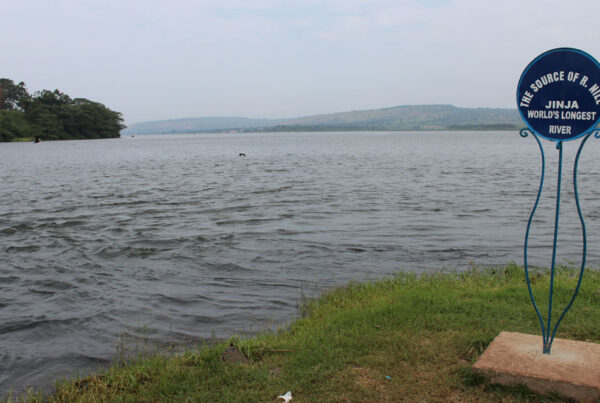Kabaka’s Palace Itinerary: Ultimate Checklist for Groups
At the heart of Kampala, perched upon the Lubiri Hill, stands one of Uganda’s most iconic landmarks: Kabaka’s Palace, also known as the Lubiri. This is no ordinary palace; it is a living repository of Buganda’s history, culture, and political heritage. For centuries, it has been the seat of Buganda’s monarchy, the stage of pivotal historical events, and a space where architecture, tradition, and symbolism converge.
For groups traveling through Uganda—whether students, cultural enthusiasts, historians, or leisure travelers—planning a visit to Kabaka’s Palace is not merely a stop on a city tour. It is a profound immersion into Uganda’s soul, an experience that transcends the visual appeal of architecture and gardens to reveal the resilience, artistry, and traditions of one of Africa’s oldest kingdoms. Yet, to fully appreciate this remarkable landmark, an ultimate checklist for groups becomes indispensable, ensuring that every detail is attended to, every opportunity embraced, and every memory woven into the fabric of a journey worth retelling.
This article presents that very itinerary: a structured, formal, and detailed guide to visiting Kabaka’s Palace as a group. From understanding its heritage, to structuring time efficiently, to embracing cultural and culinary layers, the narrative unfolds step by step, leaving no aspect unexamined.
The Significance of Kabaka’s Palace
The Kabaka’s Palace is not only a royal residence but also a monumental space representing the Buganda Kingdom’s continuity. Constructed in 1885 during the reign of Kabaka Mwanga II, the palace was built with grandeur to symbolize the authority of the Kabaka. Its walls have witnessed moments of royal celebration, colonial tension, and political upheaval, including the tragic events of the 1966 attack by government forces.
Within its grounds lies the Idi Amin torture chambers, stark reminders of a dark chapter in Uganda’s history. For groups visiting, the palace offers a layered experience—one of pride in heritage, appreciation of artistry, and reflection on resilience through hardship. To stand on its grounds is to stand at the intersection of triumph and tragedy, making it an essential stop in Uganda’s cultural narrative.
Preparing for a Group Visit
When planning to explore the Kabaka’s Palace as a group, preparation determines the success of the journey. The palace grounds are expansive, layered with attractions that demand both time and attention. Unlike smaller landmarks that can be absorbed quickly, the Lubiri calls for deliberate pacing to ensure that the group is not rushed and that each aspect is given its deserved reflection.
Timing is central. Morning visits allow groups to experience the palace with fewer crowds, ensuring guides can engage more intimately with questions and discussions. Midday, though warmer, often coincides with cultural activities around the palace, offering groups a chance to witness Buganda’s heritage in living form. Afternoons, meanwhile, provide golden lighting for photography, particularly appealing to groups with visual documentation in mind.
Beyond timing, preparation involves aligning expectations. Groups must recognize that the palace is both a cultural landmark and a sacred royal site. Respect is paramount, and attire should reflect cultural sensitivity. The palace is not merely a tourist stop—it is an institution that embodies identity, making respectful conduct integral to the visit.
Structuring the Itinerary: A Day at the Palace
The Grand Arrival
Groups arriving at the palace are first struck by the grand gates of the Lubiri, framed with cultural emblems of Buganda’s monarchy. Guides welcome visitors with stories of the kingdom’s past, setting the tone for the day. The sense of arrival is ceremonial, as though stepping into a timeline that stretches centuries.
The vast grounds open to sweeping lawns, trees that have stood for decades, and pathways that guide the visitor toward monuments and buildings of significance. Groups are often encouraged to pause, to absorb the scale and aura of the palace before beginning structured exploration.
The Historical Walk
The first phase of the tour introduces the main palace building, where guides narrate stories of Buganda’s kings, their reigns, and their legacies. For groups, this becomes a shared classroom, a chance to exchange questions, insights, and reflections. The palace’s architecture, with its blend of traditional and colonial influences, becomes a subject of fascination, each angle revealing design choices that carry symbolic meaning.
The walk then extends to the surrounding gardens, each corner of the palace grounds revealing memorials, sculptures, or symbolic structures tied to Buganda’s story. The gardens are not simply decorative; they embody Buganda’s connection to land, fertility, and continuity, offering groups both beauty and meaning to contemplate.
The Dark Chambers of Memory
Perhaps the most somber yet essential part of the itinerary is the visit to the Idi Amin torture chambers, built during the regime of Idi Amin in the 1970s. For groups, the chambers serve as both a history lesson and a place of reflection. The dark tunnels, etched with marks of the past, narrate silent testimonies of those who suffered within.
While difficult, the experience provides essential context to Uganda’s journey, reminding groups of the resilience of its people. It is here that silence often overtakes chatter, as the weight of history settles over visitors. For educational groups, this moment becomes pivotal—an opportunity to connect history books to lived reality.
The Cultural Encounter
The palace is not only about history but also about living culture. Groups visiting often encounter cultural performances—traditional Buganda drumming, dances, and songs that celebrate the kingdom’s heritage. Participation is encouraged, with visitors joining dances or learning the rhythms of the drum.
For groups, this cultural immersion serves as a joyful balance to the somber history of the chambers. It reminds visitors that Buganda is not defined by its trials alone but by its creativity, resilience, and thriving traditions.
Culinary Experiences for Groups
Visiting Kabaka’s Palace is often paired with sampling the culinary traditions of Buganda. Groups with limited time can enjoy meals within nearby restaurants that specialize in authentic Buganda dishes. A signature experience is luwombo, a dish prepared in banana leaves, often with chicken, beef, groundnuts, or mushrooms. For groups, sharing such a meal becomes a symbolic act of community, echoing the values of togetherness central to Buganda life.
Markets near the palace offer additional culinary experiences. Fresh fruits—mangoes, pineapples, and passion fruits—are enjoyed by groups as both refreshment and cultural exploration. Food becomes not just sustenance but a bridge between the palace’s stories and the everyday life of its people.
Culinary encounters add depth to the group itinerary, ensuring the visit is not only about observation but also about taste and shared sensory experiences.
Educational Value for Groups
One of the strongest appeals of Kabaka’s Palace is its educational richness. For groups comprised of students or cultural scholars, the palace provides content across disciplines—history, architecture, political science, anthropology, and art.
Guides provide narration tailored to audiences, ensuring that the palace becomes not just a monument but a classroom. The integration of visual observation, oral storytelling, and lived spaces ensures that groups leave with knowledge that resonates far beyond the visit. Discussions often continue after the tour, as groups reflect on the meaning of monarchy in modern Uganda, the impact of colonial history, and the role of culture in national identity.
For leisure groups, the educational aspect enriches rather than burdens the journey. The palace offers learning that feels natural and immersive, not forced. In this way, every group finds relevance in its visit, no matter the background of its members.
Maximizing Group Experiences
The success of a group visit lies in pacing and participation. A rushed itinerary dilutes the impact of the palace, while overly slow pacing risks fatigue. Structured pauses, interactive moments, and spaces for reflection are crucial.
Photography is encouraged in designated areas, and for groups with creative interests, the palace becomes a canvas—architectural lines, cultural performances, and symbolic gardens offer endless material. Musicians and dancers welcome interaction, transforming the group from passive spectators to active participants.
Equally, moments of silence, particularly within the torture chambers, ensure respect is upheld. Balancing engagement and reflection ensures that groups leave with a holistic understanding of Kabaka’s Palace.
The Best Times to Visit with Groups
Seasonality influences the group experience. The dry seasons, from December to February and June to August, provide the most comfortable conditions for exploring the palace grounds. Walkways remain accessible, cultural performances are more frequent, and the atmosphere is conducive to group exploration.
During the rainy seasons, while the palace remains open, paths may be muddy and outdoor activities limited. However, the greenery of the grounds during these months is lush, offering scenic beauty that photographers in groups particularly appreciate.
Time of day also matters. Mornings allow for cooler weather and less crowding, ideal for larger groups seeking uninterrupted engagement. Afternoons, though busier, provide vibrant atmospheres and excellent lighting for photography.
Reflections on Group Travel at Kabaka’s Palace
Traveling as a group amplifies the experience of Kabaka’s Palace. Shared learning, collective awe, and mutual reflection turn individual discoveries into communal narratives. Each member brings a unique perspective—students question, historians interpret, travelers admire—and together, the palace reveals itself in multiple dimensions.
The itinerary’s checklist—from arrival to departure, from history to cuisine, from culture to reflection—ensures that no aspect is overlooked. Groups leave not with fragmented impressions but with a comprehensive understanding of Buganda’s monarchy, its resilience, and its relevance in modern Uganda.
The Palace as a Group Journey
The Kabaka’s Palace is not simply a stop in Kampala; it is a destination in itself, commanding attention, respect, and reflection. For groups, it offers a rare balance of grandeur and intimacy, history and culture, education and entertainment. Its grounds, its buildings, and its stories provide an itinerary rich enough to sustain an entire day, yet flexible enough to be adapted to group needs.
The ultimate checklist ensures that no aspect is missed: the historical walk through royal grounds, the sobering reflection within the torture chambers, the joyous immersion in cultural performances, and the shared delight of Buganda cuisine. Together, these layers form a journey that is as unforgettable as it is meaningful.
For groups seeking to experience Uganda not in fragments but in fullness, Kabaka’s Palace stands as a vital inclusion. And for those wishing to craft such a journey with expertise and care, it is best to entrust the experience to professionals who know Uganda intimately. It is therefore recommended to book your African tours and safaris through WildHorn Africa, ensuring that every group visit to Kabaka’s Palace—structured, respectful, and enriching—is transformed into a story of discovery worth retelling for years to come.





 WildHorn Africa – Authentic and unforgettable tours across Africa, guided by local experts who know the land, wildlife, and culture best.
WildHorn Africa – Authentic and unforgettable tours across Africa, guided by local experts who know the land, wildlife, and culture best.


